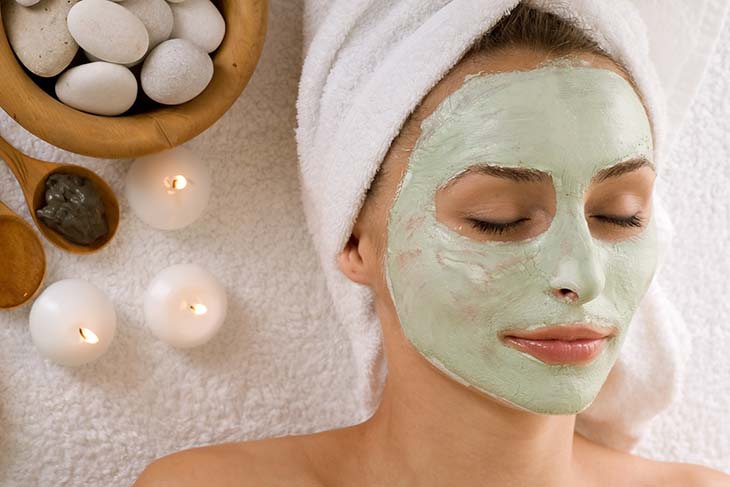Skin Resurfacing Options

Available Skin Resurfacing Procedures
Do you often look at yourself in the mirror and see different areas of your face that you would like to see improved? Do you have wrinkles, sun damage, brown spots, or acne scars? Then skin resurfacing might be the best way to get your skin looking healthy and young again.
Before you book an appointment with your doctor, here are some things that you need to know about the different types of skin resurfacing procedures available on the market.
Chemical Peels
Chemical peels can improve the skin’s appearance by applying a chemical solution, which makes the skin blister and eventually peel off. The new skin underneath tends to be smoother and less wrinkled than the old skin. The solution in certain types of chemical peels may be neutralized after an appropriate amount of time has elapsed.
The different types of chemical peels vary depending on their ingredients and strength. Types of chemical peels include:
- Glycolic (AHA) peel—the most superficial peels are those using alpha hydroxyl acids (AHAs) such as glycolic acid. Usually only one treatment will give your skin a fresher, healthier appearance and radiant glow. Repeated treatments can help further improve your skin’s texture.
- TCA peel—trichloracetic acid (TCA) peel is often preferred for spot peeling of limited areas (such as around the mouth or eyes) because it has a lesser bleaching effect than solutions containing phenol. TCA can also be more effective for treating darker-skinned patients.
- Phenol peel—this type of peel has a significant bleaching effect, although it can correct pigmentary problems (blotchiness or age-related brown spots) and may also be used in the treatment of precancerous skin conditions. Unlike TCA peels, phenol cannot be used on your neck or other particular parts of your body.
Chemical peels can help:
- Reduce fine lines under the eyes and around the mouth
- Treat wrinkles caused by aging and sun damage
- Improve the appearance of mild scars
- Treat certain types of acne
- Reduce age spots, freckles, and dark patches
- Improve the look and feel of skin
Dermabrasion
Dermabrasion is a technique that uses a wire brush or diamond wheel with rough edges to remove the upper layer of skin. By doing so, the procedure allows new skin to grow and replace the old damaged skin.
Like the deeper chemical peels, dermabrasion is very effective in reducing the appearance of vertical wrinkles around the mouth. It can also be used on small areas of the skin and on patients with darker skin tones. The treated area will usually blend with the surrounding skin so that there is little-to-no difference in the skin’s pigmentation.
Dermabrasion can help:
- Remove and improve the appearance of acne scars
- Scars (if they aren’t too deep)
- With color changes in the skin
- With fine lines and wrinkles around the mouth
Another form of dermabrasion is microdermabrasion. Microdermabrasion uses tiny exfoliating crystals that are sprayed onto the skin to make subtle changes, causing no skin pigment changes or scarring. It also works on all skin types and colors, although it is not effective for deeper skin problems such as scars, stretch marks, wrinkles, or deep acne scars.
Laser Resurfacing
Laser resurfacing, also known as lasabrasion, laser peel, or laser vaporization, directs short, concentrated pulsating beams of light at irregular skin to remove it layer by layer. Two types of laser resurfacing are most commonly used: carbon dioxide (CO2) and IPL.
- Carbon dioxide resurfacing—uses very short pulsed light energy (ultrapulse) or a continuous light beam that is delivered in a scanning pattern to remove thin layers of skin with minimal heat damage. This is the most commonly used form of laser skin resurfacing.
- IPL—the IPL (intense pulse light) laser is a more superficial laser that’s typically used on younger patients, patients with photo damaged skin, rosacea, spider veins and lighter skin pigmentary changes. These treatments usually require multiple sessions until improvements are achieved.
Laser resurfacing is effective in treating:
- Wrinkles
- Blotchiness or age spots
- Scars from acne or other causes
Schedule an Appointment
If you believe your skin is in need of some rejuvenation, the above resurfacing options may be the perfect solution for you. To find out more, book a consultation with Dr. Binder so that he can help you decide on the right procedure for your needs.
